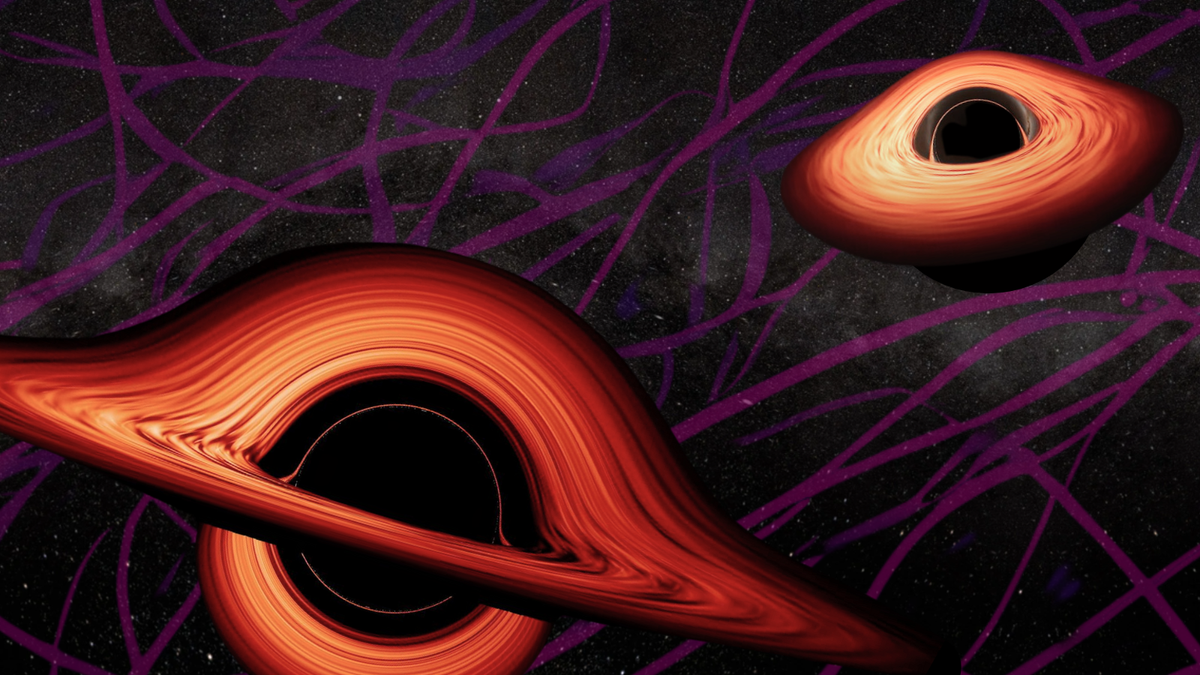The Role of Dark Matter in Merging Supermassive Black Holes

Introduction
Dark matter is a mysterious component of our universe, and its influence may extend to the formation of supermassive black holes. In recent developments, it has been posited that dark matter could play the role of a matchmaker in the merging process of these massive celestial bodies.
The Final Parsec Problem
The concept of the final parsec problem refers to the difficulties observed in the last stages of black hole mergers. Scientists have struggled to understand why supermassive black holes, despite their massive gravitational pull, do not seem to merge efficiently.
- Dark matter provides a solution by influencing the dynamics of the merging process.
- The gravitational effects of dark matter could align black holes more effectively.
Implications of the Findings
If dark matter truly facilitates these mergers, it could reshape our understanding of cosmic evolution and structure formation. It also emphasizes the role of dark matter in the universe—a largely invisible yet powerful force.
Conclusion
In essence, the potential of dark matter acting as a matchmaker for supermassive black holes opens exciting avenues for research, paving the way for breakthroughs in astronomical studies and contributing to the ongoing quest to decode the universe's mysteries.
This article was prepared using information from open sources in accordance with the principles of Ethical Policy. The editorial team is not responsible for absolute accuracy, as it relies on data from the sources referenced.